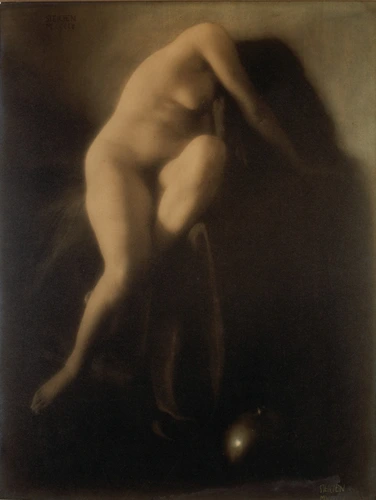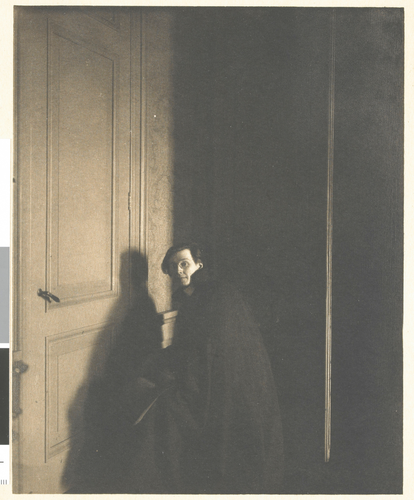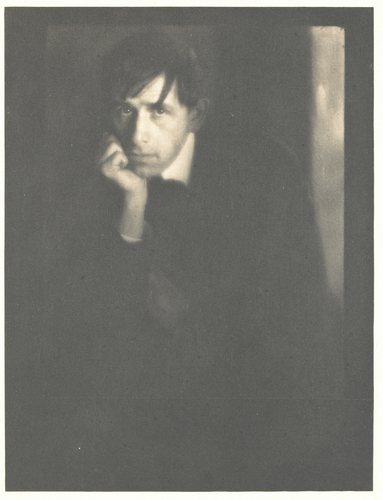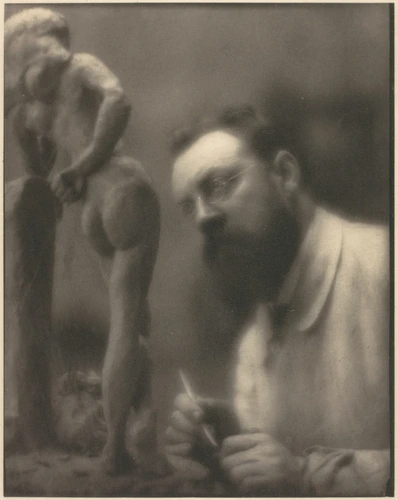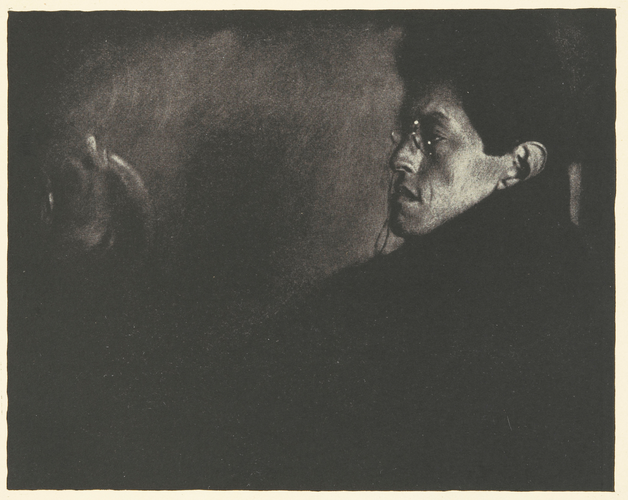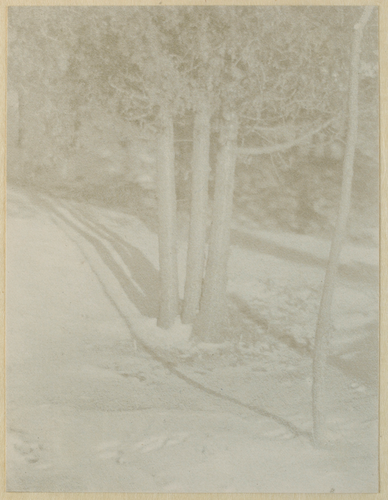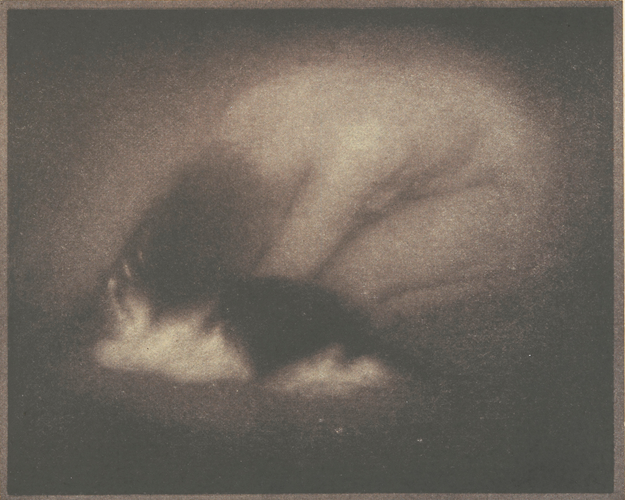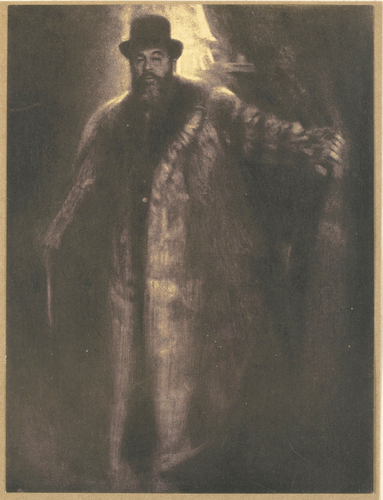The Pool
In 1898, Steichen produced a series of photographs of forests taken at dawn or, in very clear weather, at dusk. "Dusk is such a beautiful time of day – a moment when things disappear and dissolve into each other, a moment when a great and wonderful feeling of peace descends over everything", he wrote in 1901.
In these landscapes, where the sky is almost absent, creating a kind of abstract tapestry, punctuated by the spindly trunks of the trees, contemporary critics naturally saw the influence of Whistler's art. They have the mystery and harmony of tone of his paintings, but they also evoke the decorations by Puvis de Chavannes, the "sacred woods" of the Nabis, and even, anticipating them by a few years, the forests painted by Klimt around 1901.
In 1901, The Pool attracted the attention of Charles Caffin - one of the most highly regarded American critics interested in photography. With great perspicacity, Caffin noted the artist's debt to the Japanese aesthetic, then very popular in Europe and the United States. Here, the photo reveals a taste for simplicity, decorative abstraction, asymmetry and a love of space): "Developed over centuries of tradition and having reached the zenith of its suggestive power, Japanese art is the most abstract we know. It is important to remember that one of the techniques used by Japanese artists was flattened perspective, and [The Pool] is, without doubt, a typical example of this combination of a flattened image and delicate tones."

